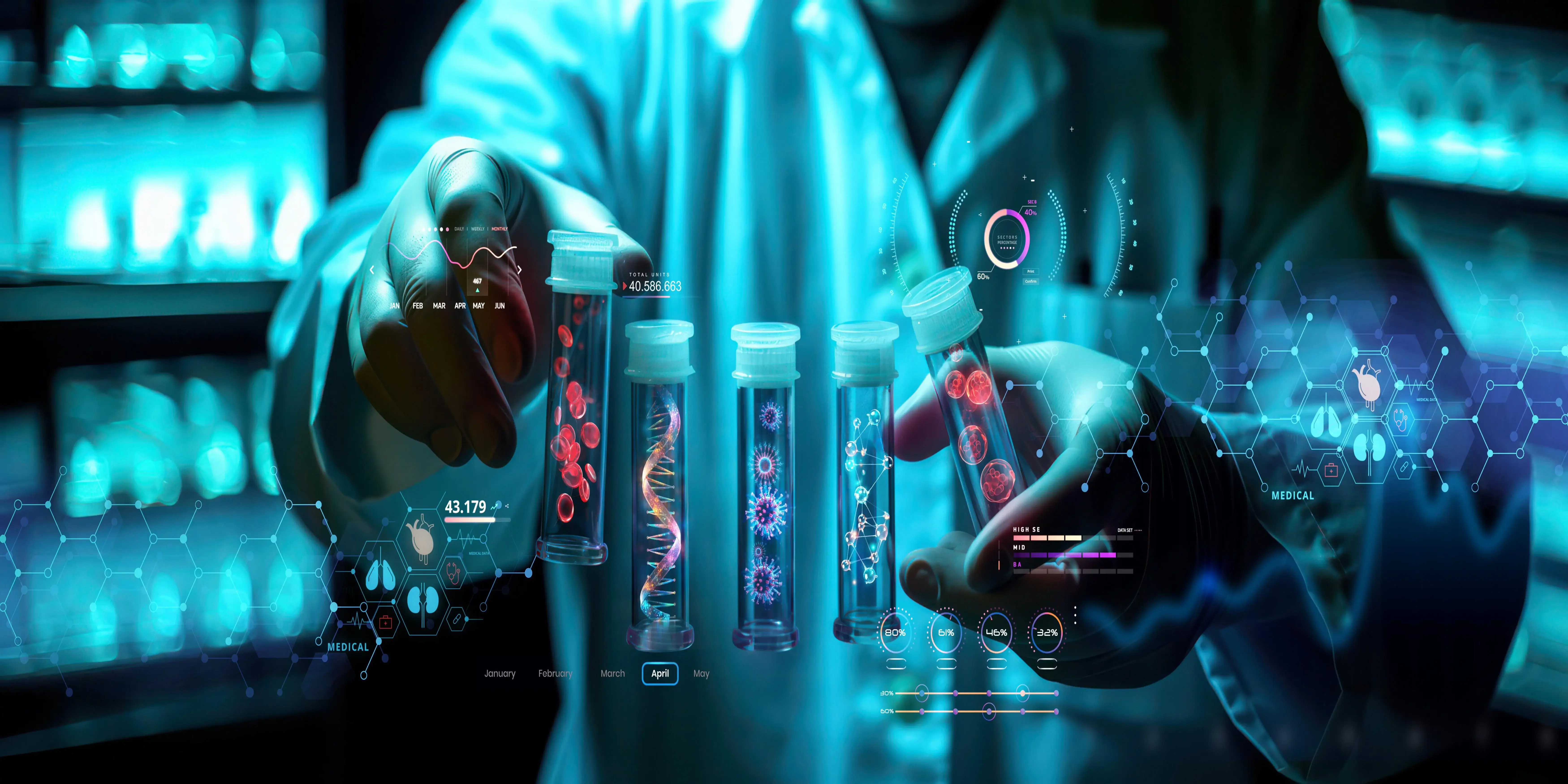In today's world of clinical research, one place where efficiency is imperative is through data management. The increasing complexity of clinical trials and more extensive data production coupled with tougher regulatory requirements necessitate a robust system of managing clinical trial data. Data management involves collecting, storing, and analyzing clinical trial data to ensure that the information is free of errors, valid, and compliant with regulatory standards. This paper discusses the different aspects of data management in clinical research: its significance, challenges, methodologies, and trends in the future.
Importance of Data Management in Clinical Research
Ensuring Data Integrity and Accuracy
Clinical studies cannot be more important than having data integrity. Any gaps or inaccuracies in the data drawn could invalidate the results drawn after the study. Validation, cleaning, and verification of data are ensured through strict data management procedures. It includes processing missing data, identification, and correction of errors, which ensures consistency in datasets, thereby reducing chances for incorrect interpretation and ensuring validity in the conclusions drawn from the study.
Regulatory Compliance
It must be noted, however, that clinical trials are strictly regulated. Data management systems must observe set rules by organizations like the FDA, EMA, and ICH. The proper management of data ensures transparency and traceability of trial data while at the same time maintaining ready-to-audit records which serve as a requirement for fulfilling Good Clinical Practice (GCP) standards and ensuring procedures for the submission of data used in drug approval are successful.
Data Management Processes and Methodologies
Data collection
At the data collection stage, data is collected via different sources: clinical assessment, test results, and patient medical charts. Digital means such as the development of the EDC system have increased the accuracy and efficiency of collecting the data. The use of EDC systems has minimized the human errors that sometimes occur during data entry, and thereby EDC systems provide real-time monitoring of data collected.
Data Cleaning and Validation
Data cleaning is the process of identifying errors, inconsistencies, and missing values in a dataset. It is a necessary process, to make sure the particular dataset is error-free and ready for analysis. On the other hand, data validation is when information gathered is conducted following the rules and procedures set. In a nutshell, the two processes ensure that the data collected during the experiment remains intact in its quality throughout.
Technological Advances in Clinical Data Management
Standardized methods of data collection
Probably, the most important best practices are consistent data collection techniques. The data is considered consistent and similar between different sites and trials when properly accepted procedures are followed. This minimizes the probability of inconsistent data and enhances the overall quality of the study.
Routine Audits and Quality Control
The integrity of the data during the trial is ensured by regular audits and quality control analyses. The audits ensure proper accuracy, completeness, and readiness of the data when the regulatory body conducts an inspection in case of protocol violation. Quality control further allows for errors to be identified as early as possible in the process of a clinical trial, thereby potentially avoiding costly delays.
Conclusion
Efficacy through a clinical trial largely depends on the management of data. In many ways, this is one of the elementary functions of the research. From making clinical data management current to meeting the ever-growing challenges posed by the research world, clinical data management entails everything from data integrity and compliance with statutory requirements to handling millions and billions of data entries and incorporating current technological innovation. For example, clinical research scientists can streamline the development of life-saving drugs by streamlining best practices and innovative technology in the management of effectiveness and accuracy processes.



